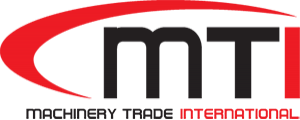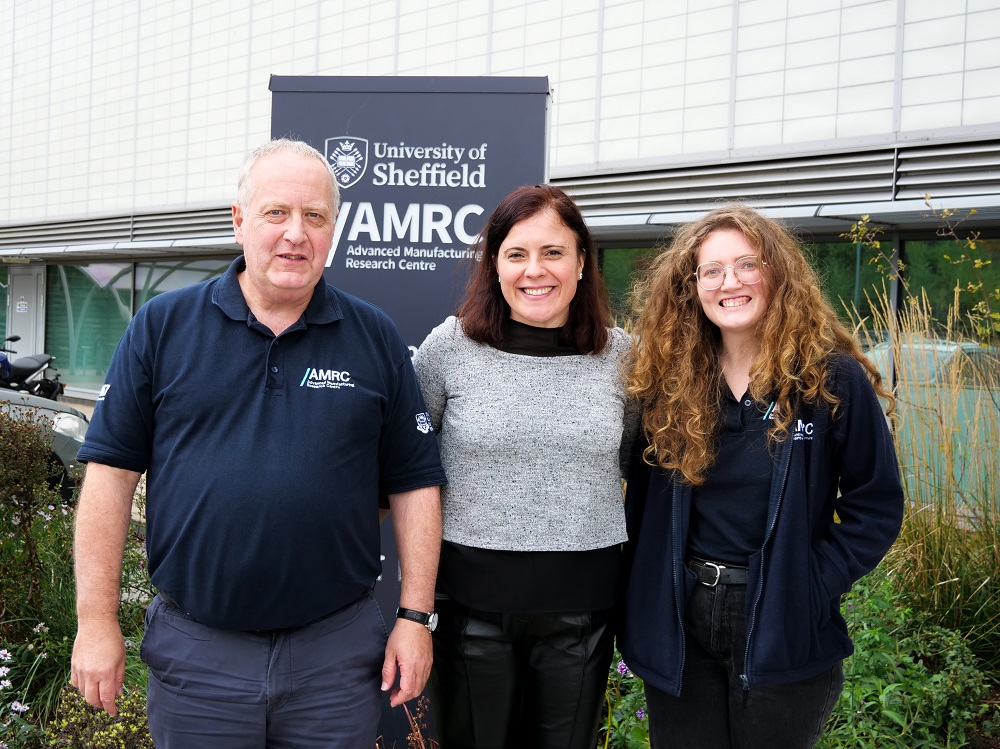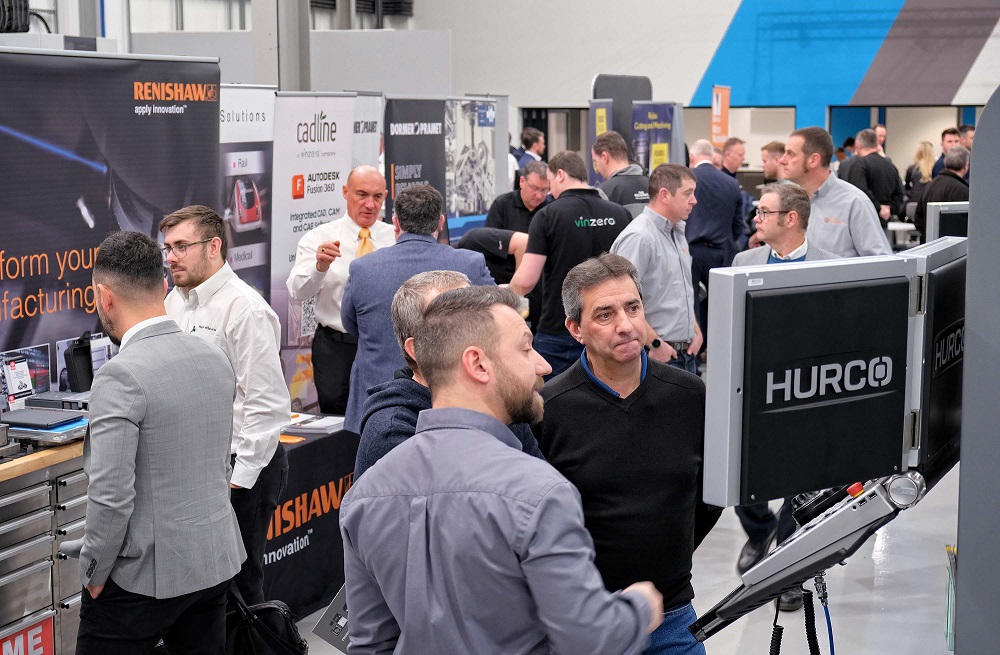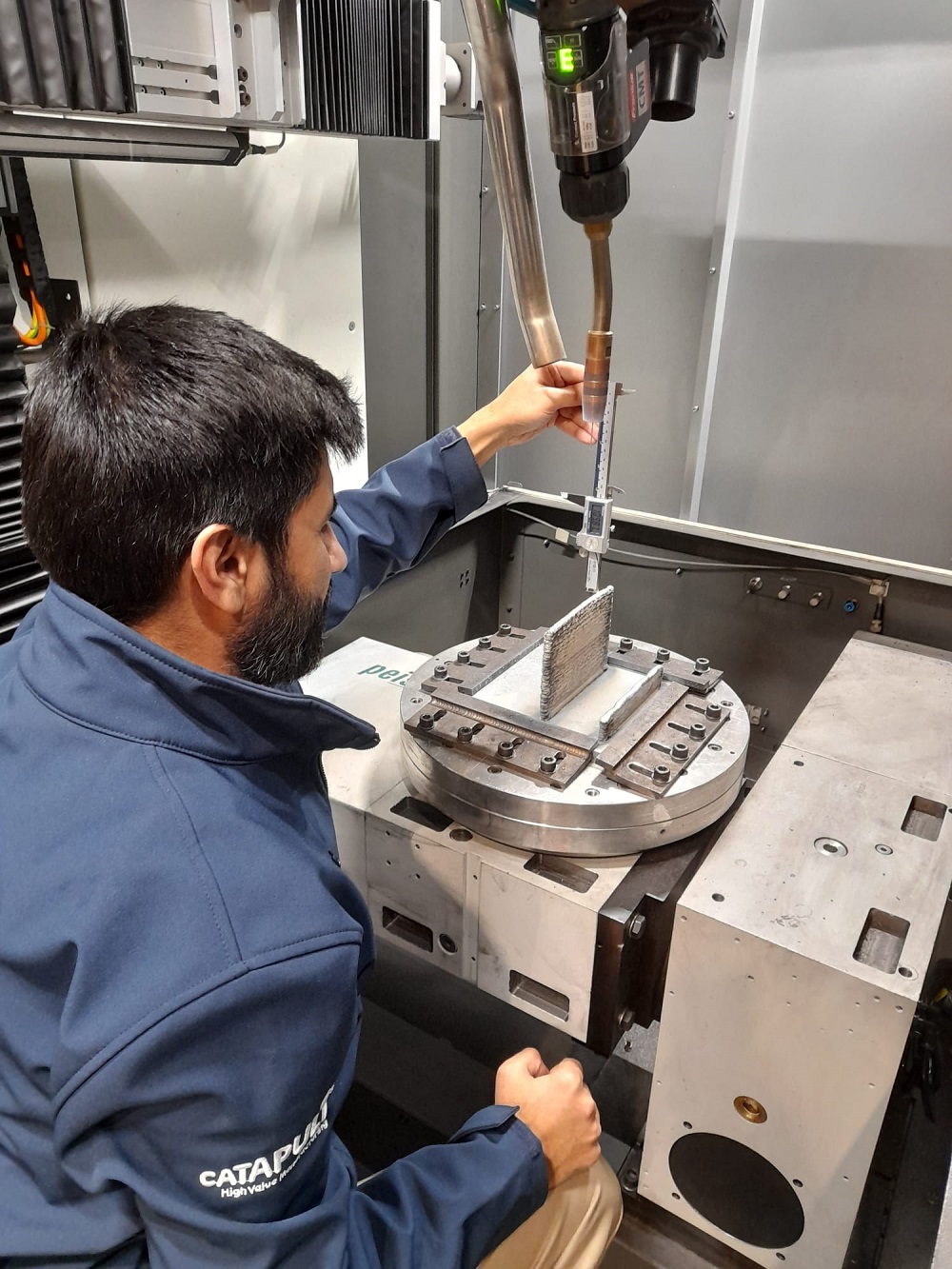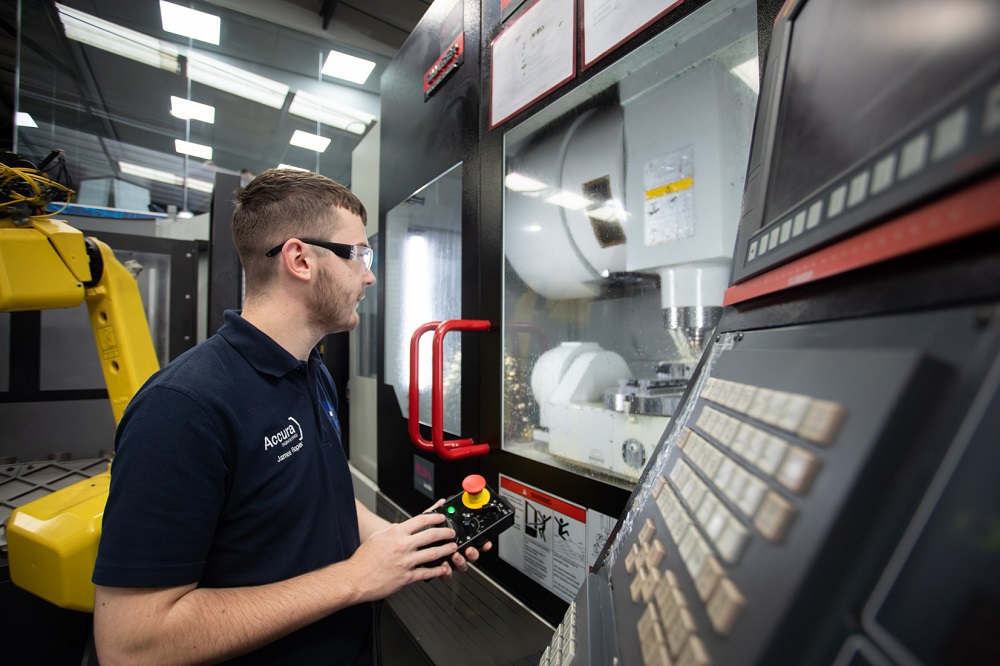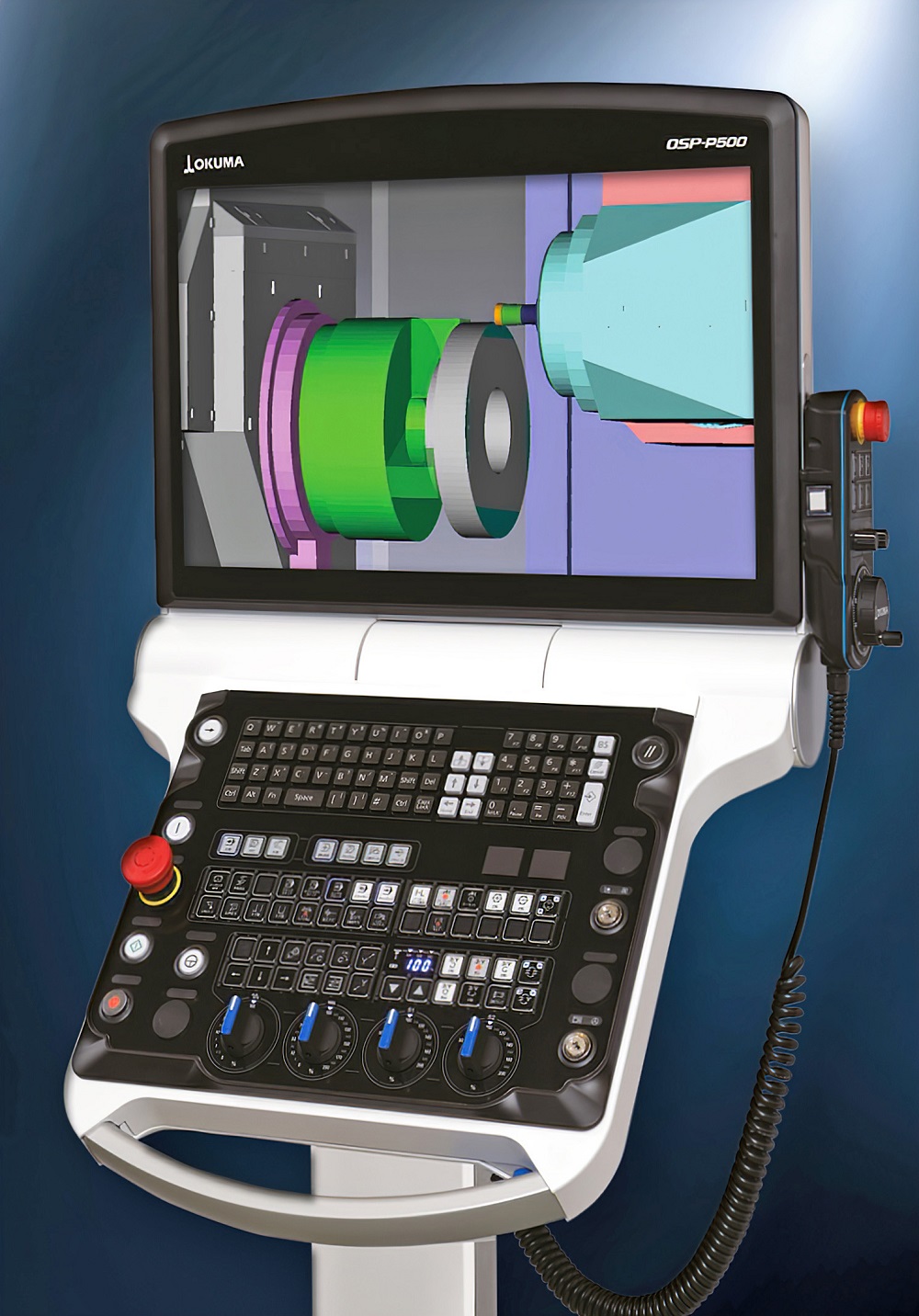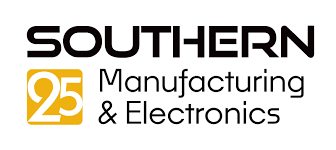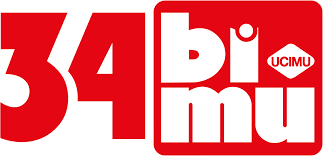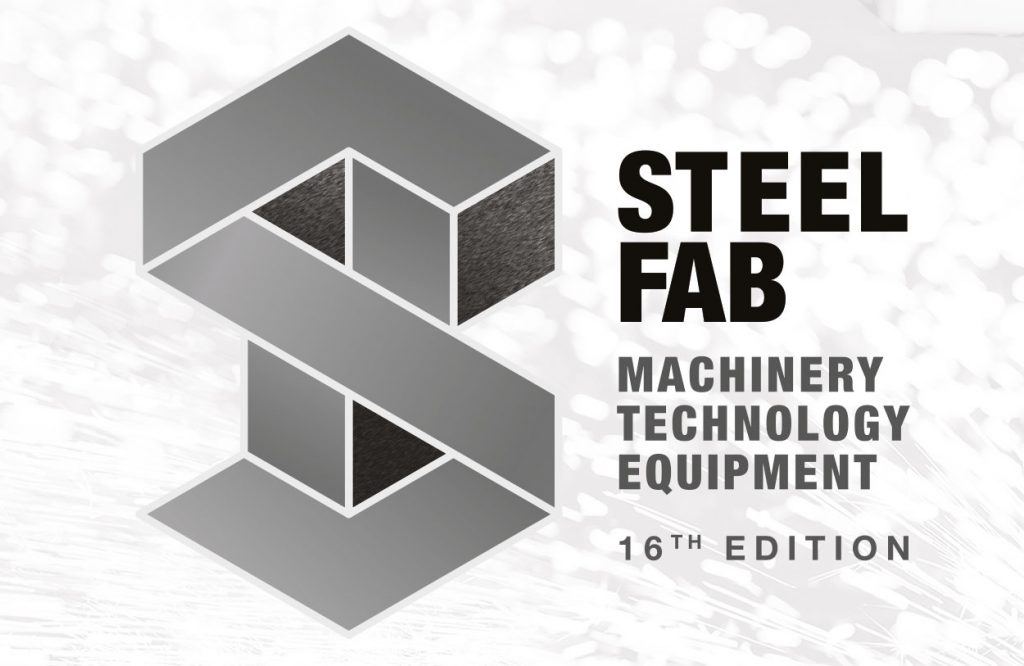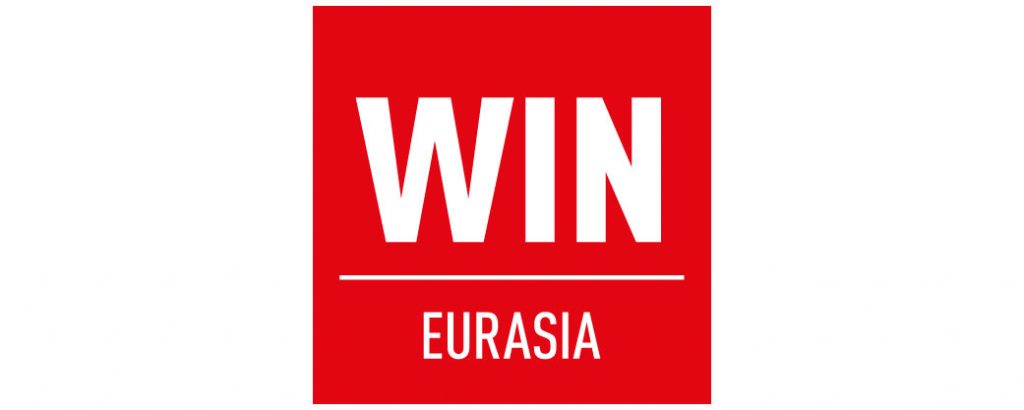The University of Sheffield Advanced Manufacturing Research Centre (AMRC) has secured funding for a new capability, the first-of-its-kind in the UK, to research and develop novel fibre-reinforced thermoplastic tapes. These recyclable materials have the potential to transform sustainability in composite manufacturing.The Multipurpose Fibre Reinforced Thermoplastic Tape (FRTT) Development Cell will take shape courtesy of a £1.7m grant from the Engineering and Physical Sciences Research Council, which is part of UK Research and Innovation.
For further information www.amrc.co.uk
